You don’t have to look very hard to see that a lot of book reviewers are also authors. For example, I am reviewing books for the Historical Novel Society on occasion. One of the people I send those reviews to is also a writer. Kate Braithwaite writes both historical fiction and contemporary thrillers. Here’s my conversation with her.
Hi Kate. Nice to learn more about you. What should we know?
I’m a lover of all things history and fiction. I grew up in Edinburgh – I even went to nursery school on the Royal Mile – so history has been in my DNA since day one. I also have a voracious appetite for stories, and when I studied English at university in England, it was always narrative that appealed to me – narrative poems, big, absorbing novels, legends, fairy tales, and tragic dramas. I love to read widely, but historical fiction is my staple fare, and my non-fiction choices lean toward lesser-known stories of the past, particularly about forgotten women. Over time, I’ve developed a focus on sister stories, from history and in fiction, something I write about in my Substack publication, Sis-stories.
What’s your latest book about? Who’s Nancy Randolph and why do we care?
My most recent historical novel, The Scandalous Life of Nancy Randolph, concerns the true story of two sisters entangled with the same man. Born into one of the first families in Virginia in 1774, Nancy grew up expecting a life of comfort, a good marriage, and so on. But when her mother died and her father married a much younger woman, Nancy went to live with one of her sisters, Judy, on her remote plantation called Bizarre. After a strange disturbance in the night, rumors circulated that Nancy had secretly given birth and, even worse, that the child’s father was Dick, her sister’s husband. A trial was held. Patrick Henry and John Marshall offered the defense. Patsy Jefferson, Nancy’s sister-in-law, was a prominent witness. Nancy’s reputation was left in tatters, and yet she would go on to marry one of America’s founding fathers. My novel focuses on the historical mystery – was there a child, and if there was, what happened to it? – as well as telling a tale of resilience and family ties. There’s also one character who might have told the truth about what went on – Nancy’s enslaved woman, Phebe – but, of course, she wasn’t asked. In fiction, it’s possible to imagine Phebe’s side of the story.
What’s your favorite scene in the book (and I know it’s completely unfair.)
When I started reading about Judy and Nancy Randolph, I was fascinated by the fact that after the trial was over, the sisters continued living together at that remote plantation for ten more years, demonstrating the very limited choices and freedoms women had in those times. My favorite scene takes place as the two women leave the courtroom and travel back home in a carriage together. They are very different characters, and there’s a lot of repressed emotion between them. Fireworks are inevitable.
Where can we learn more about you and your work?
I’m the author of four historical novels and one contemporary crime thriller. You can find out more at my website, www.kate-braithwaite.com, and check out my books on Amazon, B&N etc. You can also find me on Instagram, @katebraithwaiteauthor, and every Friday I pop into the American Historical Novels Facebook group to talk about new books publishing and share reading recommendations.
If you enjoy historical fiction with action and plenty of character drama, my new novel The Deserter- a Tale of the Foreign Legion will be out January 15, 2026. Look for a full cover reveal on all my socials next week!


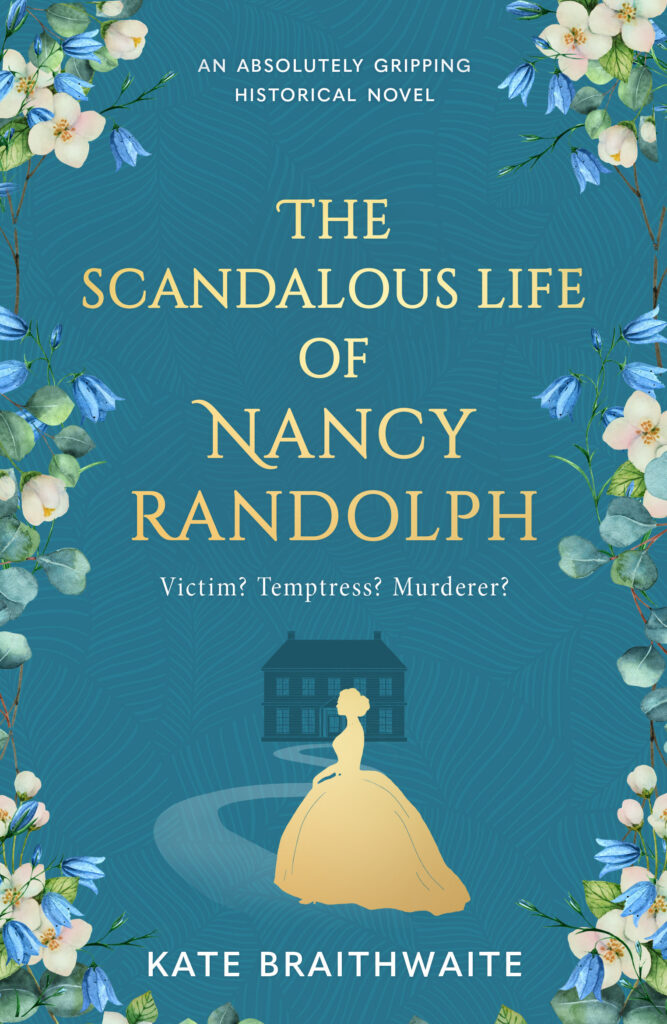

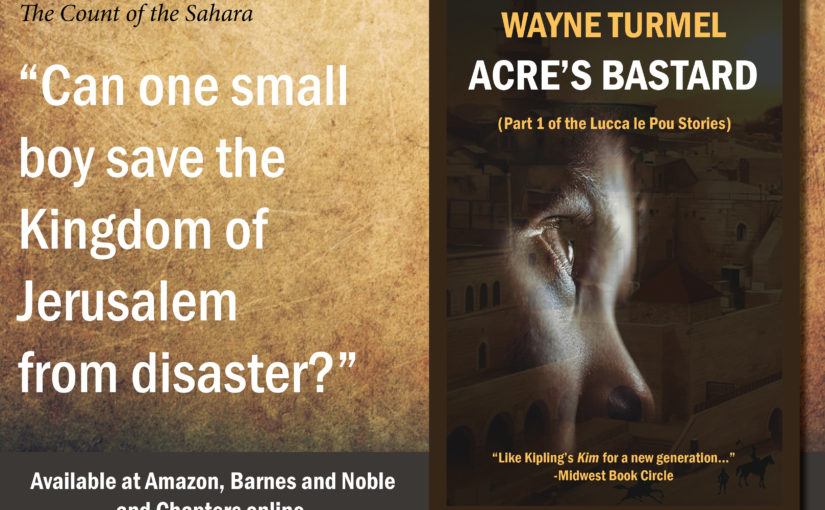
 Rick presently lives in northern Mississippi with his wife, Janet, six cats and a male Labrador retriever named Blondie.
Rick presently lives in northern Mississippi with his wife, Janet, six cats and a male Labrador retriever named Blondie.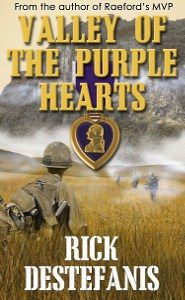

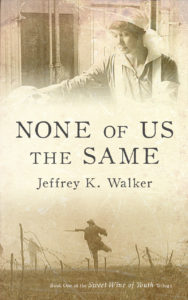



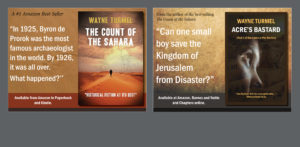
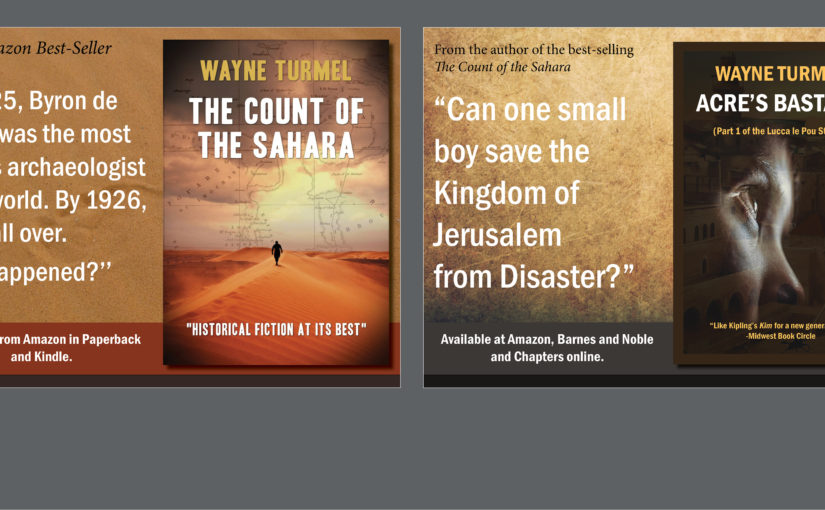
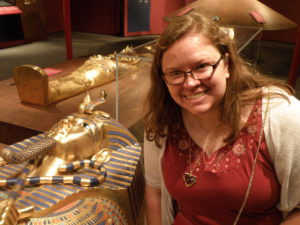
 In my novel,
In my novel,  FIFTH KNIGHT have been #1 Amazon bestsellers and a Bild bestseller in Germany. Book #3 in the series, THE LORD OF IRELAND, was released in 2016. Born and raised in the Republic of Ireland into the family of Michael Collins (the legendary revolutionary and founder of the Irish Free State), she now lives in northwest England with her husband, daughter and a Facebook-friendly dog. She is also a contributing editor to International Thriller Writers The Big Thrill magazine, blogs for English Historical Fiction Authors and is the social media manager for the Historical Novel Society. Find out more by visiting
FIFTH KNIGHT have been #1 Amazon bestsellers and a Bild bestseller in Germany. Book #3 in the series, THE LORD OF IRELAND, was released in 2016. Born and raised in the Republic of Ireland into the family of Michael Collins (the legendary revolutionary and founder of the Irish Free State), she now lives in northwest England with her husband, daughter and a Facebook-friendly dog. She is also a contributing editor to International Thriller Writers The Big Thrill magazine, blogs for English Historical Fiction Authors and is the social media manager for the Historical Novel Society. Find out more by visiting 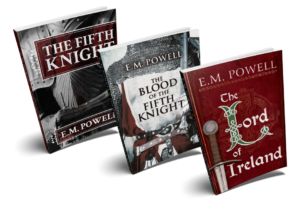 Tell me about writing the book as a serial story first, then turning it into a novel. How did that impact how you put it all together?
Tell me about writing the book as a serial story first, then turning it into a novel. How did that impact how you put it all together?